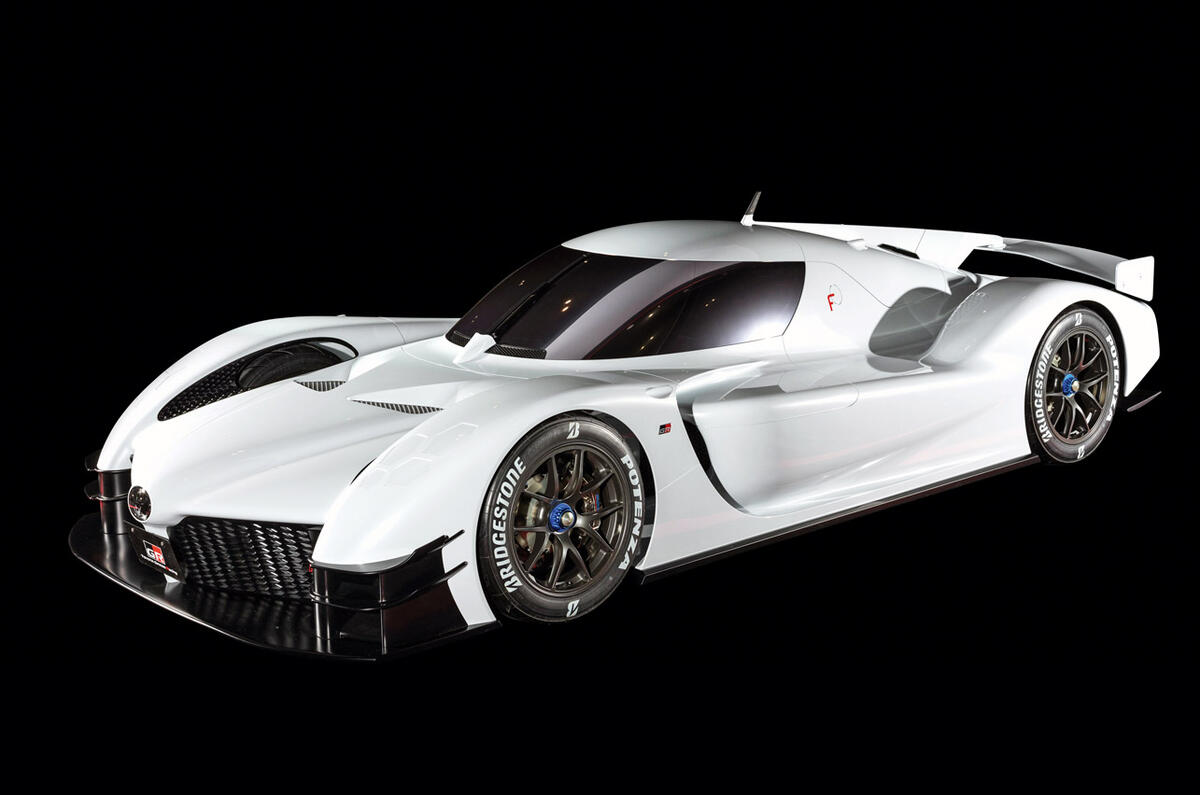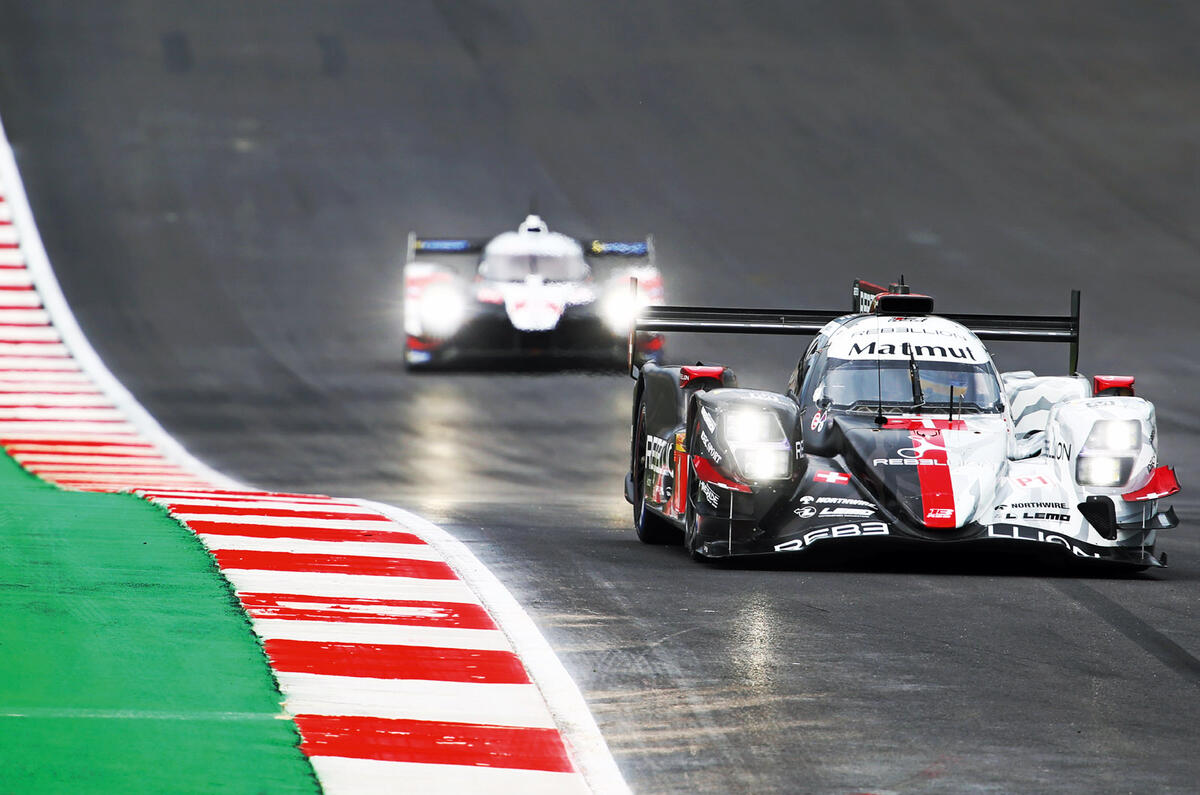Is the 24 Hours of Le Mans in crisis? It’s certainly in a tangle. In the long term, more manufacturers could take on the great race, thanks to enticing new car regulations, plus a welcome and long-awaited accord with the American IMSA sports car series. But in the short term, top-class entries are at a record-equalling low for LMP1’s supposed ‘big goodbye’ this June, and the new hypercar category, due to take a bow in 2021, might well be a one-horse race. It’s all a little underwhelming and rather confusing.
Some clarity might be forthcoming this weekend when the World Endurance Championship (WEC) and IMSA race on the same bill at Sebring in Florida. The WEC races first over 1000 miles on Friday, then on Saturday the Americans take over for the Sebring 12 Hours, one of endurance racing’s ‘big three’ alongside Le Mans and the 24 Hours of Daytona. There’s also a promise of more details on the WECIMSA accord, which is due to take effect in 2021/22.
The foggy future needs demisting. In short, here’s the state of play. Le Mans has been working on a new hypercar-based class, LMH, to replace the LMP1 hybrids, which have become too expensive to build and run. Toyota is the last manufacturer standing this year, and it’s on course for a Le Mans hat-trick in June with a two-car entry as LMP1 bids farewell (at least as the headline class). Rebellion’s pair of non-hybrid Gibson cars has bloodied Toyota’s nose in WEC races, winning twice – but only because of synthetic ‘Balance of Performance’ handicapping.
Can Rebellion pull off a major coup at the big one? Yes, if the BoP is strongly in its favour – in which case its victory would be devalued anyway. If Toyota must race with two hands tied behind its back, is it really a race at all? Le Mans’ credibility this year rests on the BoP being fair to both the high-tech works team and the privately funded, lower-tech ‘indies’ from Rebellion and Ginetta.

After this, the WEC hypercars are set to make their debut at Silverstone on 5 September, then race at Le Mans for the first time in 2021. Toyota is building a purebred prototype racer that will be turned into a road car to meet the new LMH rules, but no other major car maker currently fancies taking that route. Others prefer to turn their existing road-going hypercars into racing cars – which is far from the same thing. This was Aston Martin’s choice with the Valkyrie.










Join the debate
Add your comment
Once upon a time, Le Mans
Once upon a time, Le Mans mattered. It was a news story far outside itself.
Now, with the best will in the world, it really doesn't matter.
Pretending otherwise only makes it worse.
BoP is of no interest.
People watch racing to see the best win. Balance of Performance means the best do not win. BoP is needed if there are cars of different formats, which there will be with converted road cars, especially if some built a car for racing then create the road car. Endurance racing is of no interest to me that way, and to many others. Instead, endurance racing should not worry about manufacturers and make LMP2 the lead class. They look good, are fast enough, and not too expensive.